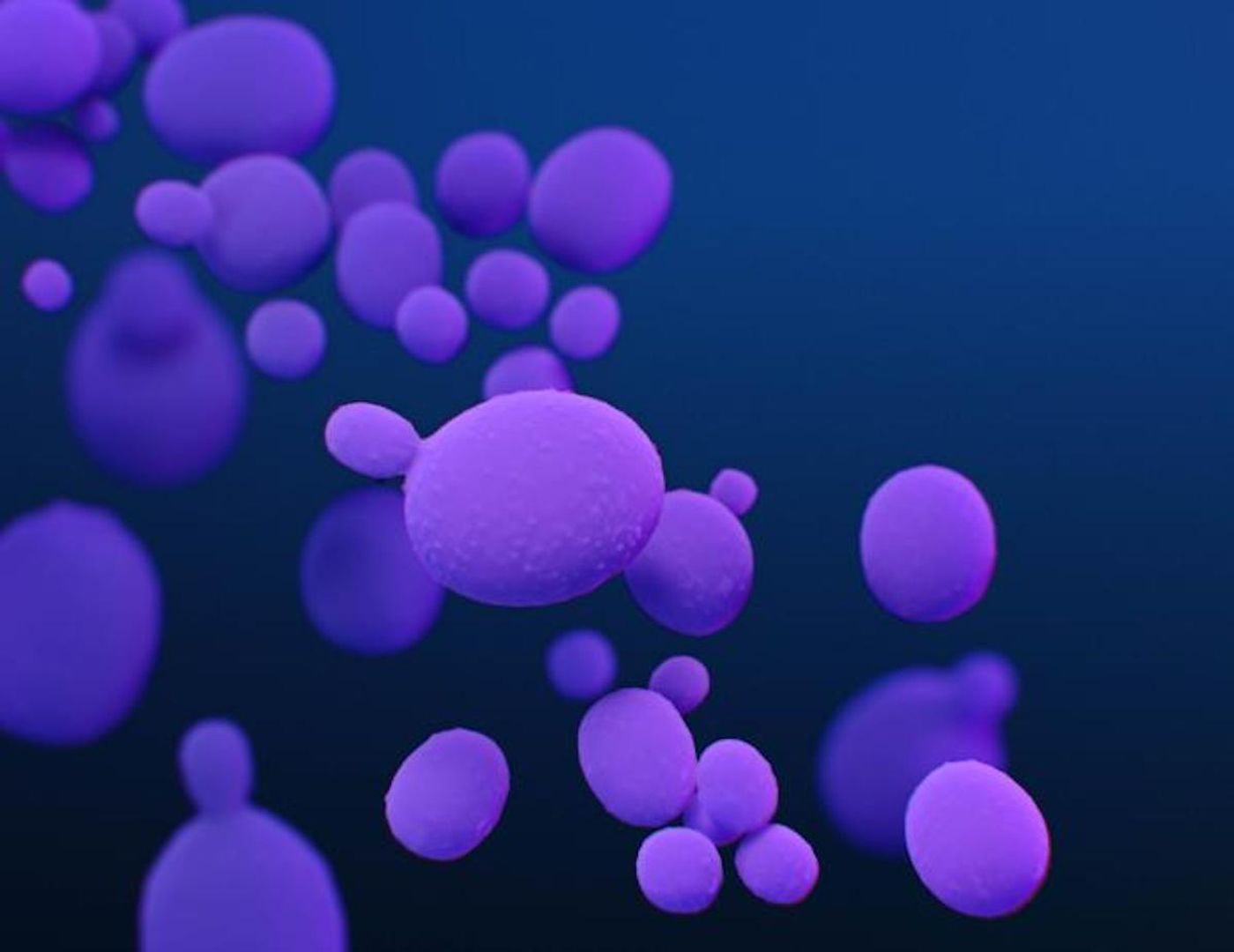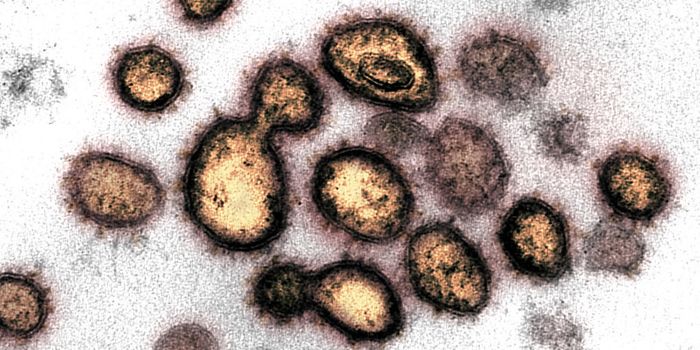Finding a Weakness in an Emerging Drug-Resistant Pathogen
Candida auris is a fungal pathogen that was initially reported in 2009. Its origins are unclear, but it was identified for the first time in the ear of a 70-year-old Japanese woman. Retrospective analyses showed that it dates back to South Korea in 1996, but various strains have been found in 30 countries around the world, including in the United States. Researchers and clinicians recognized that it was difficult to diagnose and treat these often persistent infections, and it has not gotten easier since then.
Symptoms of a C. auris infection: fever and chills are common to many illnesses and the fungus has to be cultured in a lab to be identified. Clinicians usually would only consider it after antibiotics, which only affect bacteria, have no impact. It's also resistant to most antifungal drugs. These characteristics make it a challenging illness that kills thirty to sixty percent of those infected. As long as patients are correctly diagnosed, there is one class of antifungals that can usually eliminate C. auris. As with many pathogens, the fungus poses a particular danger to people with compromised immune systems.
Scientists have now found, however, that the human immune system is good at identifying part of the C. auris cell wall. The findings have been reported in Nature Microbiology. Now it may be easier to find treatments for Candida auris infections.
These infections can occur in wounds, the ears, and the blood. People who have recently had surgery or had lines or tubes in their bodies seem to be at higher risk. In one case, a man with the infection died after spending 90 days at Mount Sinai Hospital in New York City, and his entire room had become contaminated with C. auris. It took special deep disinfection to remove it.
"We started to investigate C. auris with international colleagues because there was virtually nothing known about this fungus," said Mariolina Bruno of Radboud University Medical Center's Department of Internal Medicine. "A well-functioning immune system recognizes the fungus clearly and can control it well."
Bruno and colleagues found that certain parts of the fungal cell wall alert the human immune system to C. auris infections
"These are unique structures that you do not encounter with other fungi. Those specific chemical structures stimulate the immune system enough to take action and clear the fungus," explained David Williams of East Tennessee State University.
"Our research not only shows that these cell wall components are important for the detection by the immune system, but also that they are indispensable to the fungus. Drugs that selectively block the production and operation of these components are currently being investigated for safety and effectiveness. Perhaps one of these is the ideal candidate to tackle the fungus," suggested Alistair Brown of the University of Exeter.
Cell walls are essential to the survival of organisms, so it's likely that these cell wall components can't be swapped out by C. auris and it's unlikely to develop resistance to a drug targeting these components.
Candida auris is a relative of Candida albicans, which is a known cause of vaginal fungal infections. C. albicans acted as a comparison in this study. C auris, however, is much harder to identify.
"On the one hand, we see that C auris evokes a better immunity reaction than C. albicans. On the other hand, C. auris appears less pathogenic, but once in the bloodstream, both fungi are usually life-threatening," noted Bruno.
The difficulty in diagnosing C. auris can delay treatment.
"You should determine the fungi type on a molecular level, enabling you to immediately see which fungus you are dealing with, but not every laboratory has the facilities for that," said Jacques Meis, a physician-microbiologist at the Canisius-Wilhelmina Hospital.
Sources: AAAS/Eurekalert! via Radboud University, Nature Microbiology









